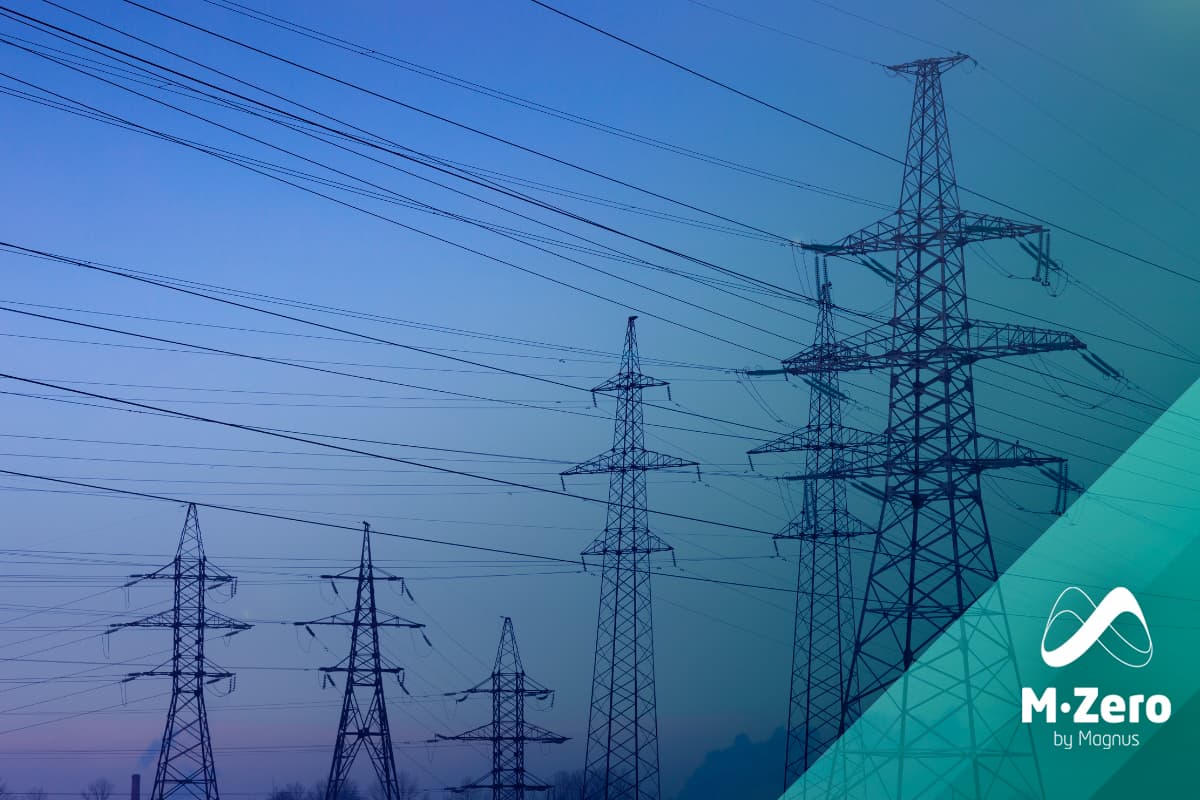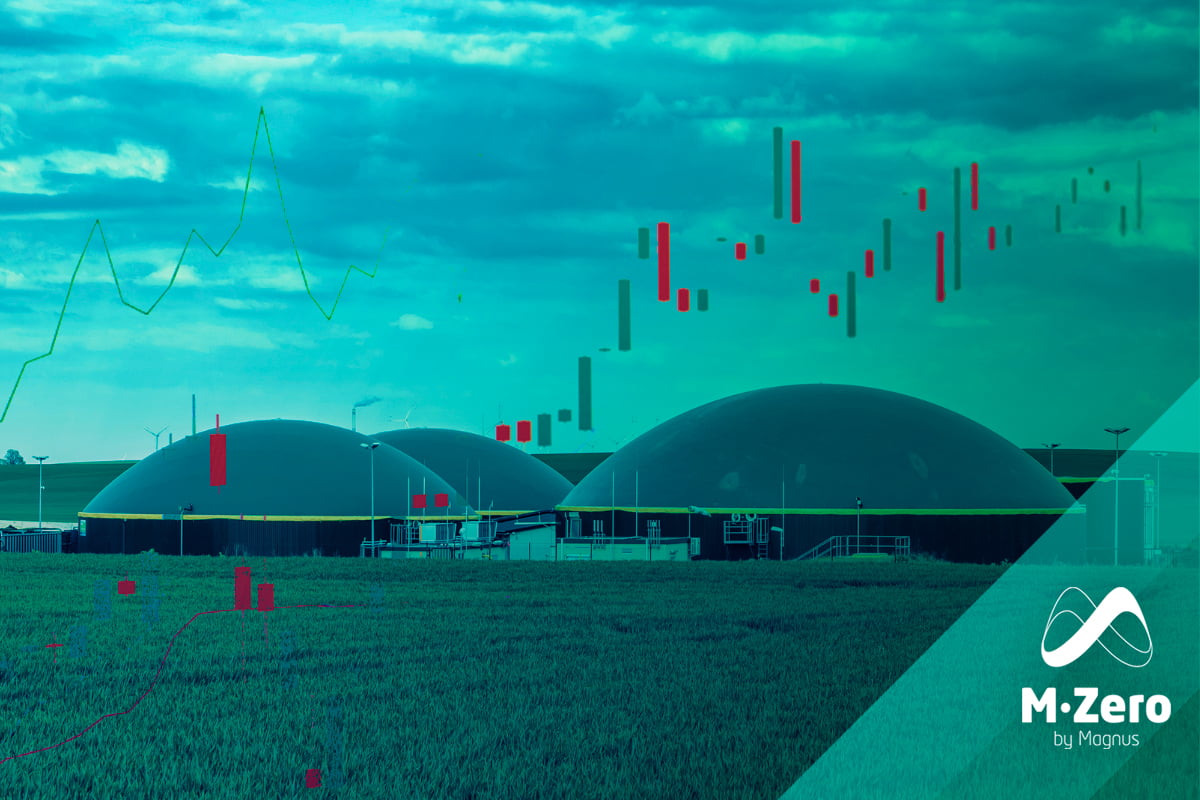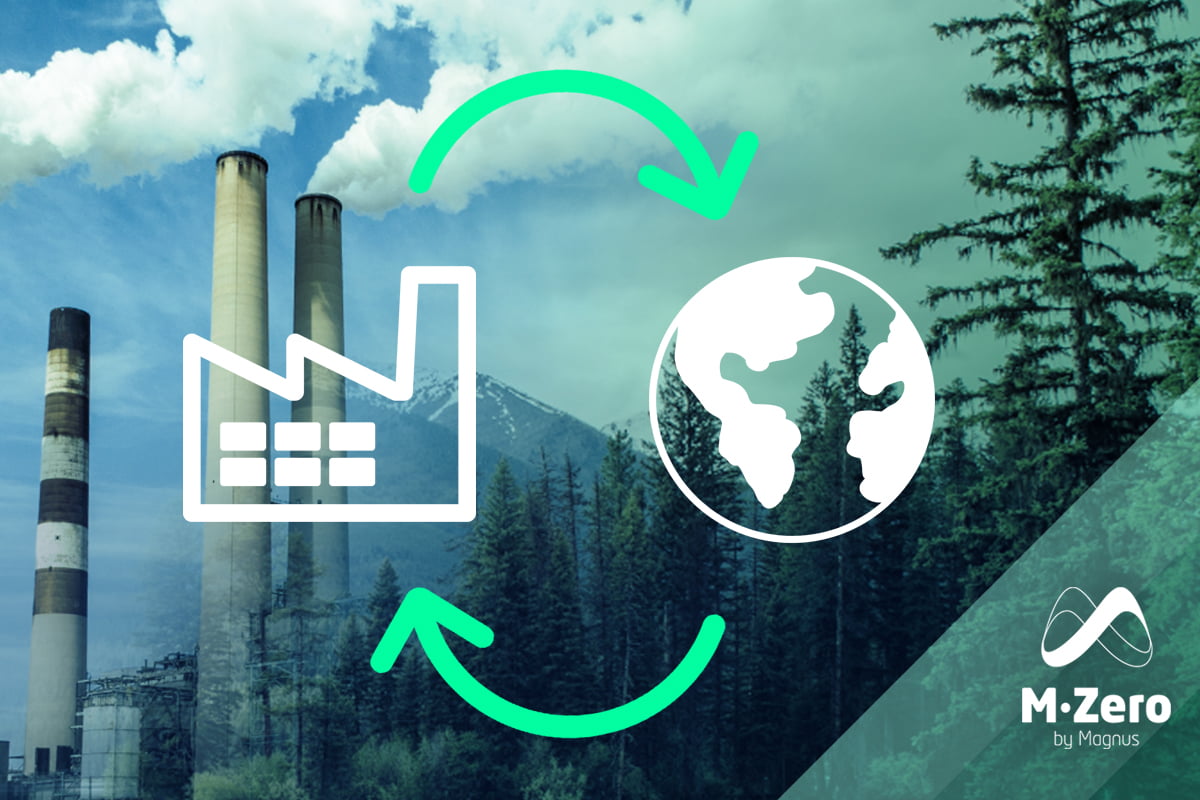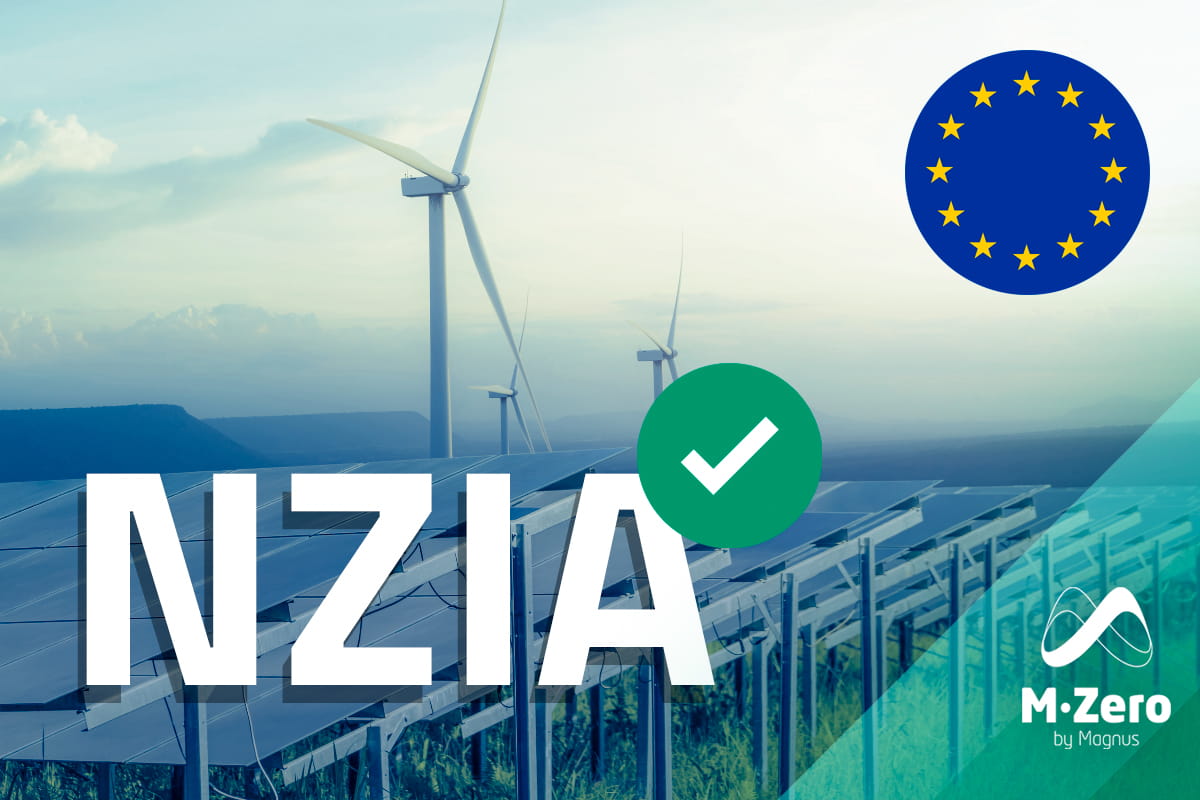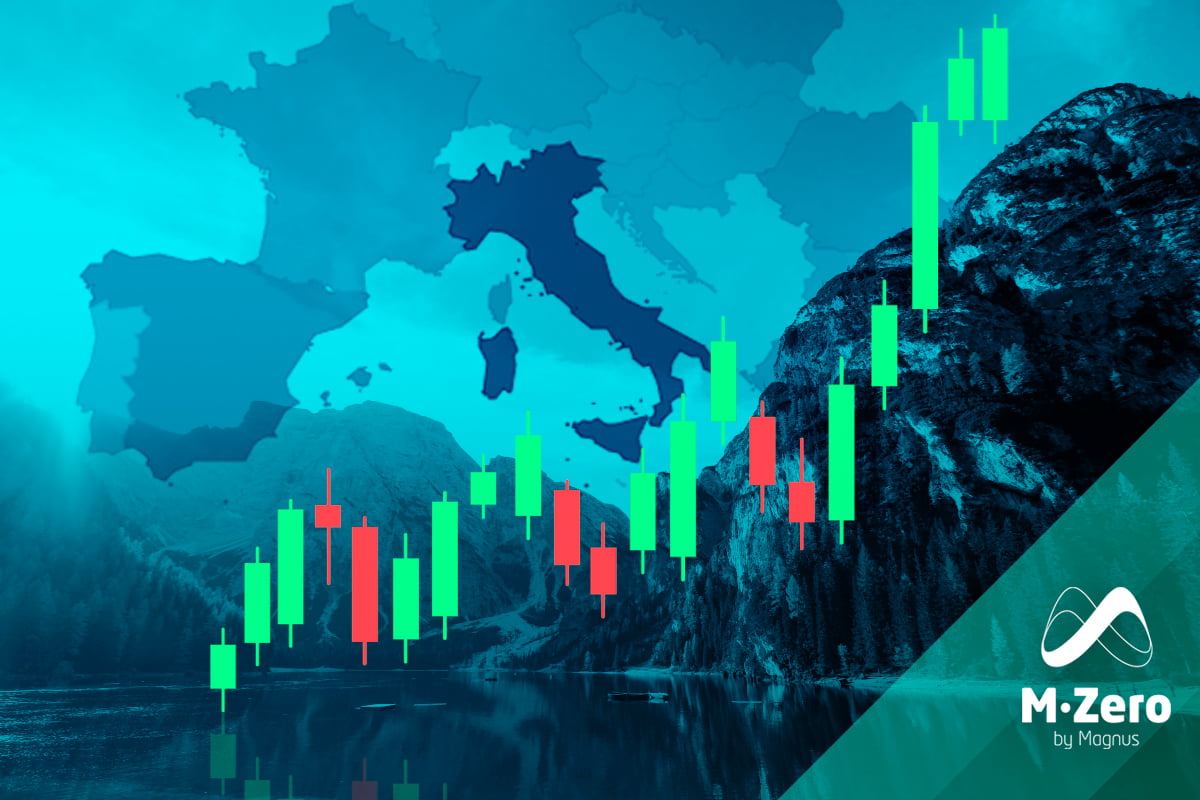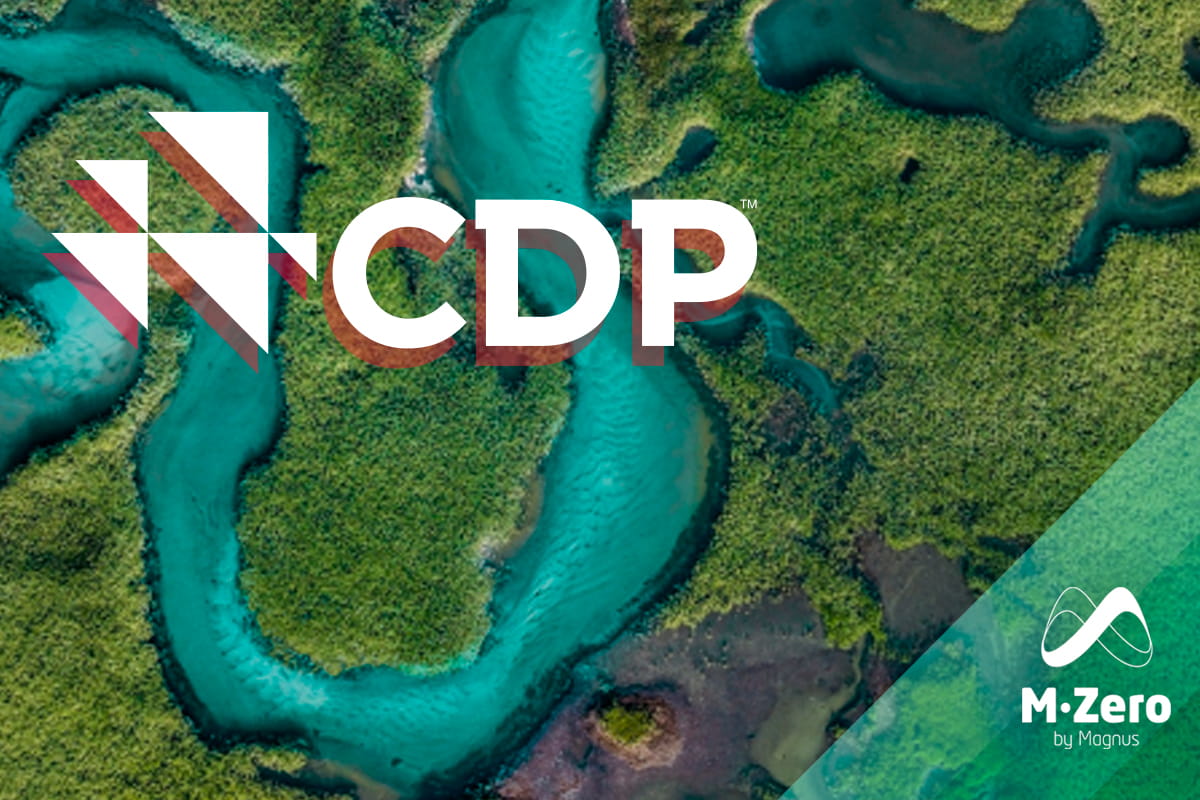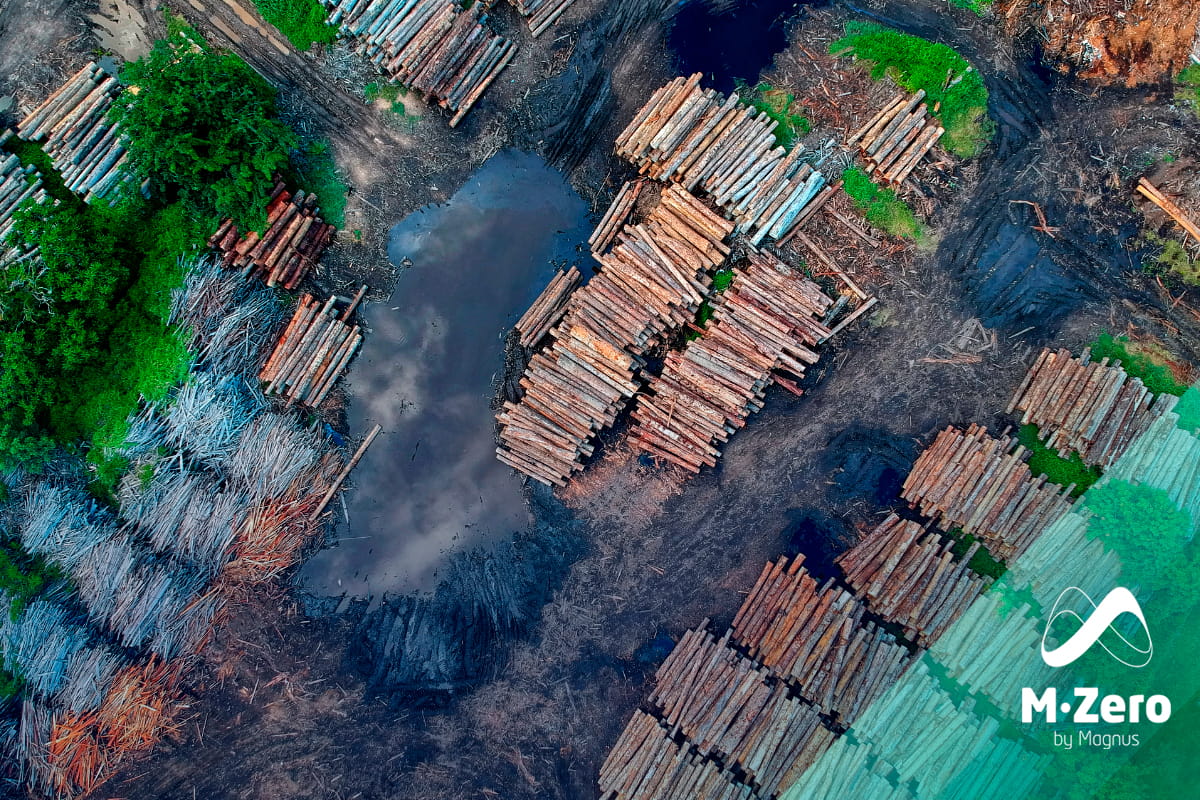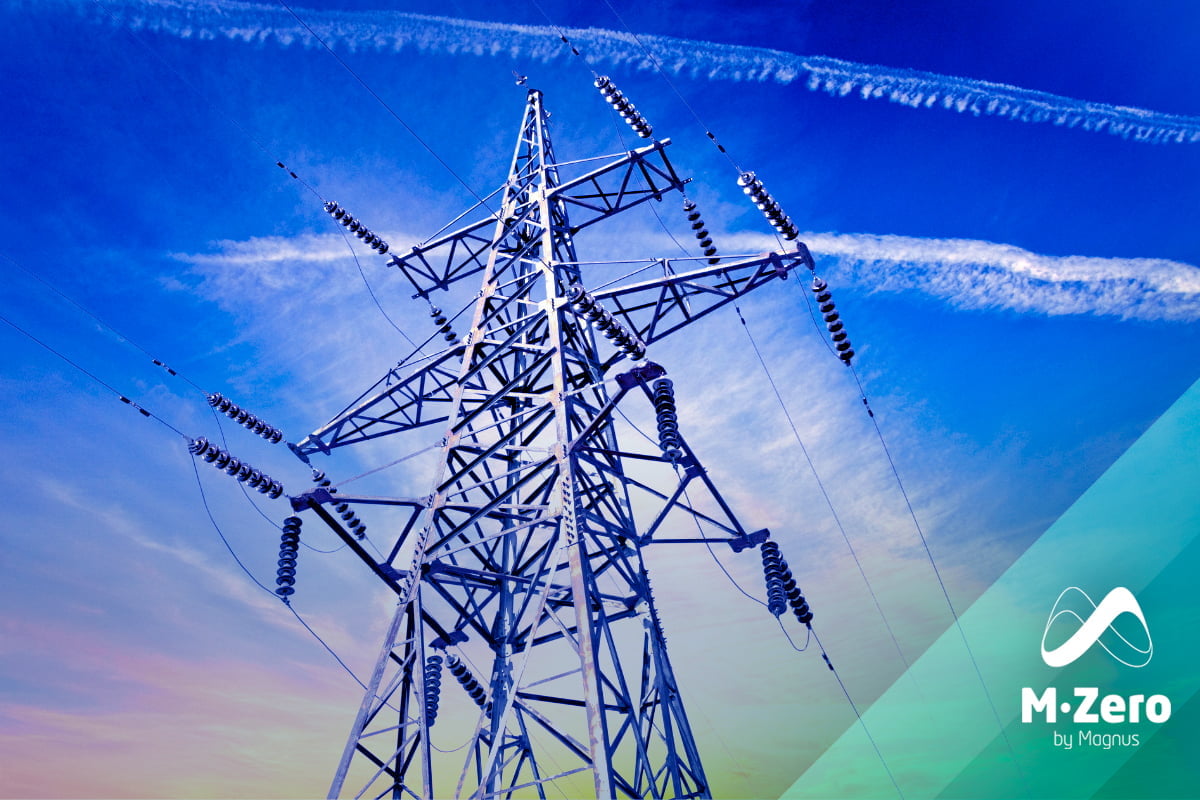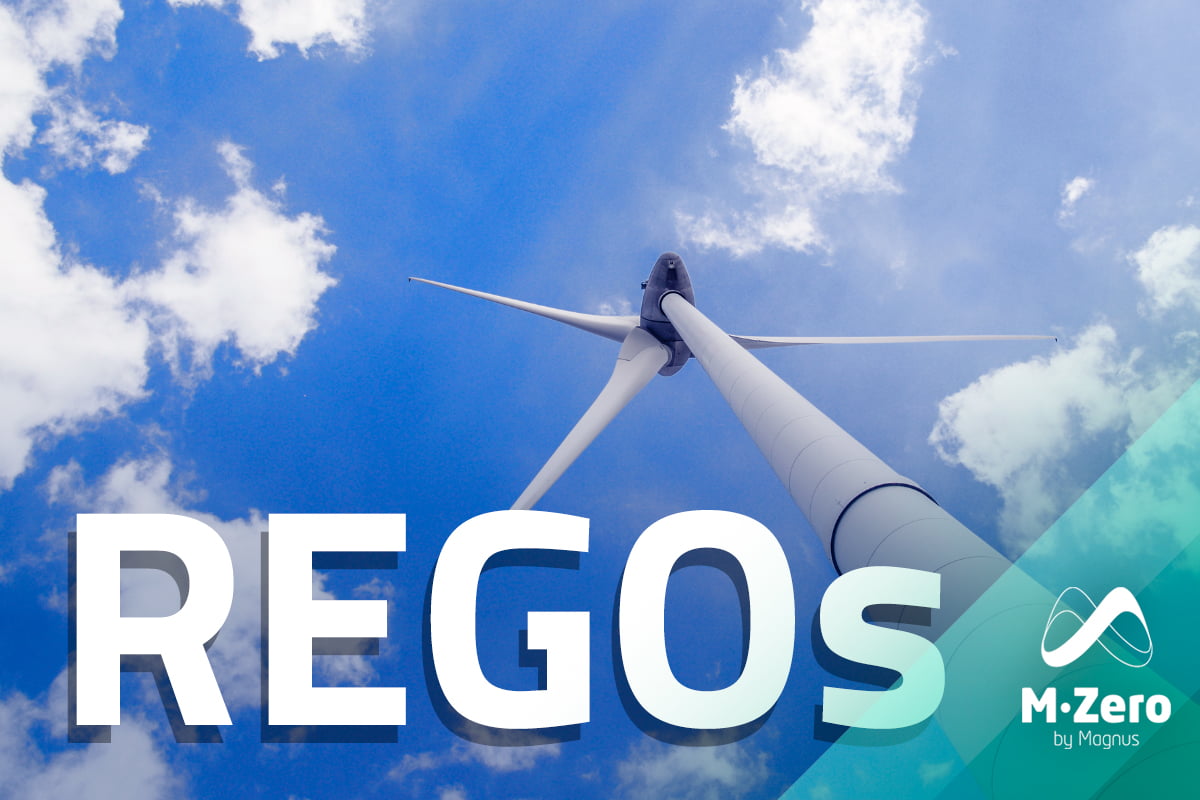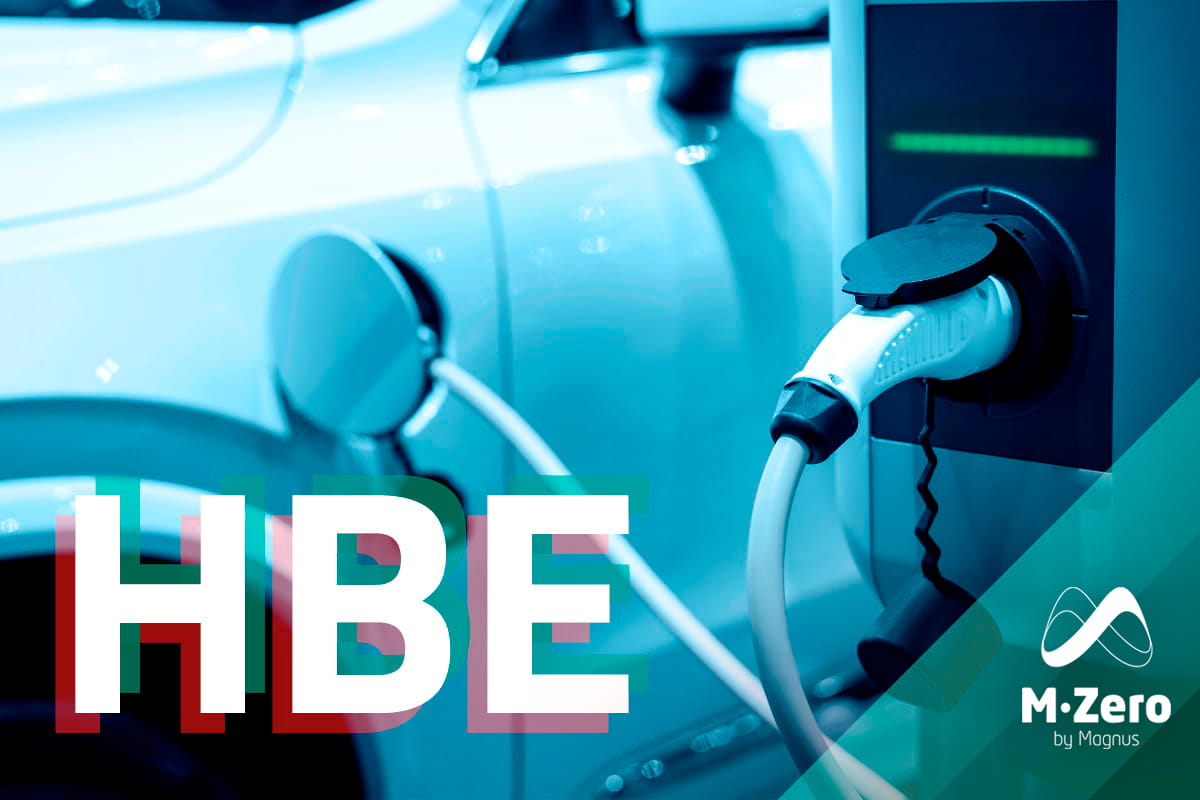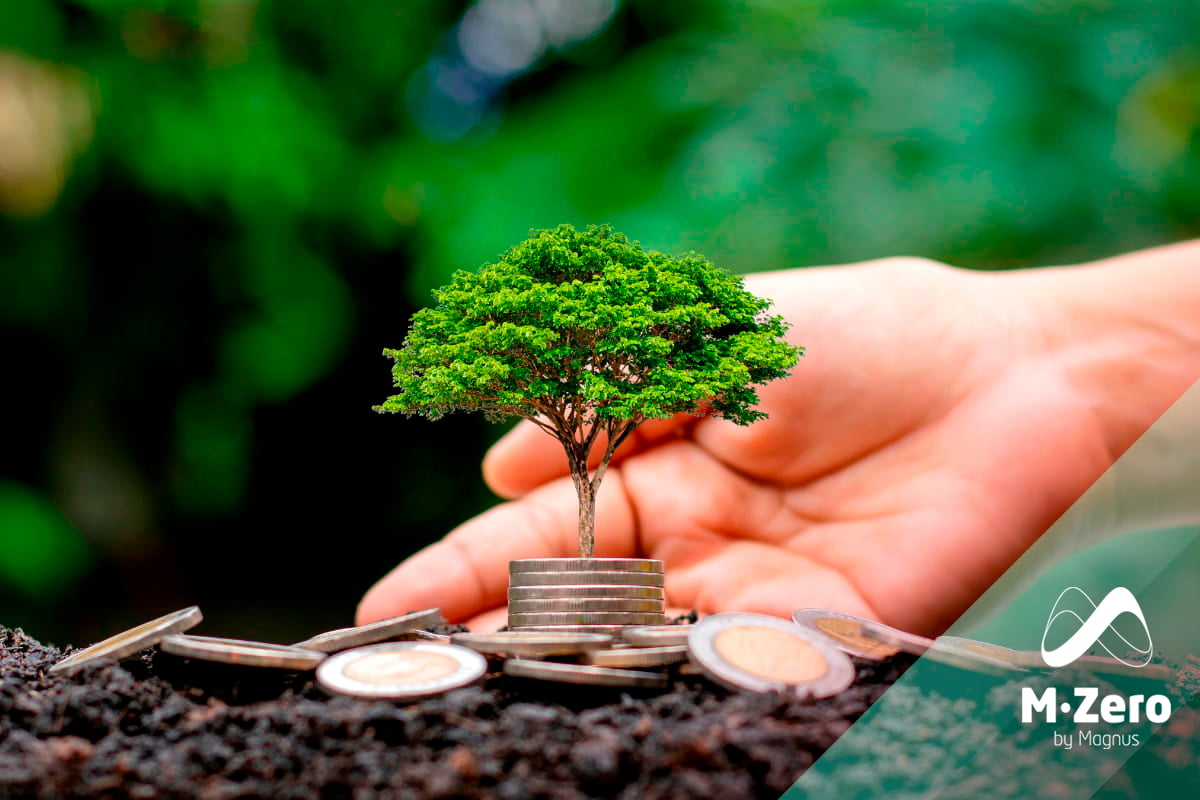
It is becoming increasingly clear that the transition to a more sustainable, lower-carbon society is not happening fast enough. According to a recent report by the Intergovernmental Panel on Climate Change, the window for keeping global warming to 1.5°C is closing fast and delaying emissions reductions puts that goal, as well as the 2°C target, out of reach. Financial institutions need to fully understand the impact of this situation and develop financial products that help navigate the transition in a way that minimizes the risk of greenwashing.
The rise of sustainable finance, such as Sustainability-Linked Loans (SLLs), is driving the much-needed allocation of capital for the transition to a low-carbon economy. However, the lack of a global standard, inconsistencies in reporting and approaches by both borrowers and lenders, as well as a lack of transparency, increase the risk of greenwashing by all actors involved in such transactions.
The types of lending have changed compared to 2021, shifting from general purpose lending to targeted financing. However, there is insufficient transparency about borrowers’ transition plans and interim targets, resulting in “greenhushing”, a term used to describe when companies choose to omit details of their climate-related targets to avoid public scrutiny.
Given the capital needed to transition to a low-carbon economy, it is not surprising that the market for sustainable debt issuance has boomed in recent years. Data from Bloomberg’s New Energy Finance indicates that total issuance of sustainable debt products amounted to $1.64 trillion in 2021, up from $28.7 billion in 2013. In particular, issuance of sustainability-linked loans grew to $322bn in September 2021, up from $6bn in January 2016, accounting for 20% of the sustainable debt market in 2021, up from 4% in 2016.
Regulators around the world have made it clear that ESG (Environmental, Social and Governance) is on their agenda and is here to stay. Some of the most prominent sustainability regulations are the European Union’s Sustainable Finance Disclosure Regulation (CSRD), the EU Taxonomy, the Sustainability Disclosure Requirements (ESRS) and the forthcoming international guidelines set by the International Sustainability Standards Board.
The greatest risk of greenwashing for SLLs can occur when disclosure of contractual details is weak, and often with considerable differences in the information that is disclosed. London-based consultancy Baringa has recently reported its own research on a sample of SLLs, reflecting $12 billion in loans from a diversified group of large corporate borrowers from various regions. The research found that:
- Almost two-thirds of borrowers did not have a CDP report.
- 81% of SLL borrowers had a Transition Plan
- 67% of borrowers had interim targets in their Transition Plans
- 33% of SLLs disclosed their Scope 3 emissions targets, reflecting a 13% increase compared to 2021
- Almost 60% of companies did not incentivize their boards and executive teams in managing climate risk and achieving targets.
- More than one third of SLLs had both social and environmental objectives.
- Governance-related objectives continued to lag, with only 14% of our sample of SLLs having E, S and G objectives.
The issuance of SLLs, as well as other sustainable debt products, will continue to increase, as will regulatory and public scrutiny of the performance of these instruments against their objectives. The assessment of a company’s performance is not a one-off exercise but should be integrated into bank-wide annual review processes, feeding into the bank’s baseline and funded issuance projections.
At the same time, financial institutions will need to review their own claims systemically and rigorously, as well as those of their clients and counterparties.
If you found it interesting, please share it!
Recent Articles






